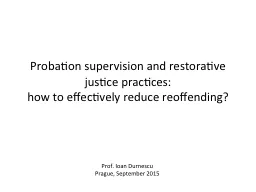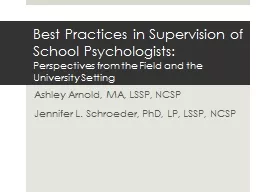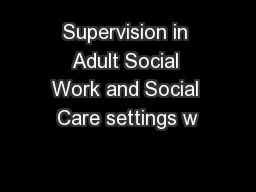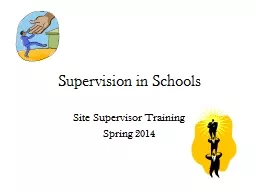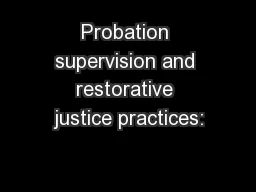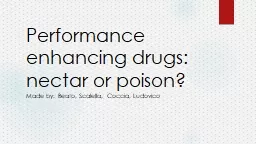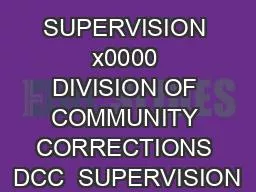PPT-Highlighting the Evidence Base for Enhancing Supervision in
Author : tatyana-admore | Published Date : 2015-10-04
Crystal Collins Camargo MSW PhD University of Louisville NASW Child Welfare Symposium November 18 2010 Why is Supervision Important in Child Welfare Past research
Presentation Embed Code
Download Presentation
Download Presentation The PPT/PDF document "Highlighting the Evidence Base for Enhan..." is the property of its rightful owner. Permission is granted to download and print the materials on this website for personal, non-commercial use only, and to display it on your personal computer provided you do not modify the materials and that you retain all copyright notices contained in the materials. By downloading content from our website, you accept the terms of this agreement.
Highlighting the Evidence Base for Enhancing Supervision in: Transcript
Download Rules Of Document
"Highlighting the Evidence Base for Enhancing Supervision in"The content belongs to its owner. You may download and print it for personal use, without modification, and keep all copyright notices. By downloading, you agree to these terms.
Related Documents


